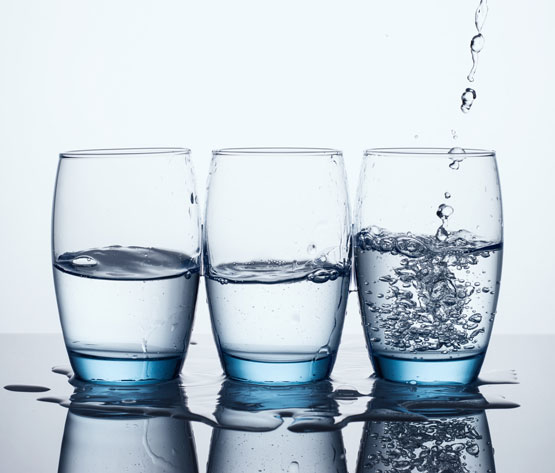Community Water Treatment vs. Household Water Treatment
August 24, 2023

Today, the water Americans drink is much safer and cleaner than the water their parents and grandparents drank. But despite the improvements in water quality, drinking water sources can still become contaminated by waterborne germs, such as Cryptosporidium, E. coli, Hepatitis A, Giardia intestinalis, and other pathogens.
Community Water Treatment
To help prevent contamination, communities take the following steps to treat water.
Coagulation and Flocculation
In this stage, chemicals with a positive charge are added to the water to help neutralize the negative charge of dirt and other dissolved particles in the water. These chemicals bind to form larger particles called floc.
Sedimentation
The floc settles to the bottom of the water supply in the form of sediment, while the cleaner water passes on to the next step.
Filtration
Clear water passes through various filters to remove sand, gravel, charcoal, dust, parasites, bacteria, viruses and chemicals. The floc remains at the bottom of the water supply and does not pass through to the next stage.
Disinfection
A disinfectant is added to the filtered water to kill any remaining bacteria, viruses and parasites before the water is piped to homes and businesses.
Household Water Treatment
Homeowners can take additional steps to purify their water and reduce their risk of drinking unsafe water.
Filtration systems
A home filtration system works in a similar fashion to the filtration system of the community water treatment process. A few types of home water filters include activated carbon, reverse osmosis, UV, infrared and alkaline.
Water softeners
Not all homes have a water softener, but this device uses sodium or potassium ions to replace calcium and magnesium ions and reduce the hardness of water.
Distillation systems
A distillation system boils impure water to separate solid contaminants from pure steam which is collected and sent to the next stage.
Disinfection
In this stage, various chemical disinfectants such as chlorine, chlorine dioxide and ozone, and physical disinfectants such as ultraviolet light, electronic radiation and heat are used to deactivate or kill pathogenic microorganisms.
Clean water isn’t a luxury — it’s a necessity. At Hamilton Plumbing, Heating, A/C & Rooter we offer a variety of services to help your family enjoy clean and safe water. Please don’t hesitate to reach out to our team with any questions about water filtration systems!
Last Updated: September 03, 2023
